Online shopping provides a quick and convenient way to purchase products, and this is especially true for the...
Disinfectant Wipes & Solutions
Because germs are everywhere, hospital grade disinfecting wipes and solutions can be a critical part of maintaining a healthier environment. They float through the air, and they coat surfaces. When you need to disinfect or sanitize surfaces, Vitality Medical has what you need.
We also carry products that Or you can browse our extensive line of
-
Most Popular
-
On Sale
Active agents of hospital grade disinfectant wipes and solutions include isopropyl alcohol, chlorine bleach, hydrogen peroxide, iodine, and quaternary ammonium compounds.
- Antibacterial wipes and solutions - kill bacteria found on surfaces, such as floors, tables, and chairs. You could choose the or the
- Antimicrobials - kill or slow the growth of bacteria, viruses, or fungi. See the or the
- Sanitizing solutions - reduces the number of microscopic entities on a surface. Products like the is a convenient solution.
- Sterilization - (sporicidal) kills pretty much everything on the treated surface. Autoclaving ensures sterility. When you have an object that you cannot autoclave, then treating it with a can do the trick.
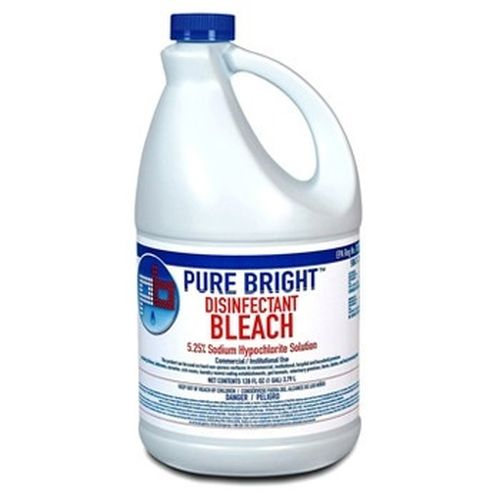
How To Choose The Right Disinfectant
We offer various wipes and solutions to help you maintain your facilities - from sanitizing to sterilizing. To help you decide, you can use this handy little guide.
Selection should depend on the function of the disinfectant. Decisions need to include the effectiveness against the potential pathogenic agent, safety to people, impact on equipment, the environment, and expense.
- What are you cleaning?
- What microbes and pathogens concern you the most?
- What is the kill time?
- Is the surface kept wet for the length of the kill time, or will you need to reapply?
- Is the product safe for the surfaces it is going on?
- Can you immerse the object you are sterilizing?
- How fast is the expected turn around time?
- What function does the object serve?
- Is the object used to perform invasive procedures, such as cutting?
- How critical is it using the Spalding Scale?
- Does it come into contact with living tissue?
- Is the product safe for people to use?
- Are the required steps practical for your facility?
Isopropyl alcohol can be an effective antibacterial. It kills vegetative forms of bacteria, including Mycobacterium tuberculosis. Plus, it kills fungi and enveloped viruses, such as influenza. However, it does not kill spores. Nor is it very effective against non-enveloped viruses.1
When you need the convenience of an alcohol wipe, you can try these
Chlorine has a wide range of antimicrobial activities, killing both enveloped and non-enveloped viruses alike when used with the correct dilution and contact time. It works well even when in contact with hard water. But, like alcohol, it does not kill spores. The CDC recommends it to decontaminate hepatitis and AIDS viruses on surfaces.2
Chlorine has a kill time of just a few minutes. You will need to clear away organic materials for products with chlorine to work. Your solution needs to be fresh to be most effective.
Hydrogen Peroxide leaves no residue and, it degrades into oxygen and water. In low-concentrations, it does have a narrow range of limits. In high-concentrations, on the other hand, are highly reactive with other chemicals. The oxygen it produces is flammable.3
It is a strong oxidizer, that when stabilized, is effective against pathogens such as enveloped and non-enveloped viruses, vegetative bacteria, fungi, and bacterial spores.
When you need a sanitizing you can try this solution from Chlorox.
Glutaraldehyde kills across the spectrum of microorganisms, being effective against bacteria (including Mycobacterium tuberculosis), viruses, fungi, spores, and parasites. It leaves a residue, which has a moderate amount of residual activity. It works even when there is a small amount of organic material present.4
It can be highly toxic, so exercise caution while using it and wear personal protective equipment. Ensure that you have plenty of ventilation while employing this chemical.
You can use this sterilant on plastics, rubber, lenses, or stainless steel. It is an excellent alternative to autoclaving.
Ortho-phthalaldehyde (OPA) has excellent stability from pH3 to pH9. It kills Mycobacterium tuberculosis and other bacteria. Plus, it gets rid of viruses, fungi, and spores.5
For high-level decontamination of sensitive and semi-critical equipment, you can choose
Intended/Indicated Uses
Antibacterial
- Kill or weaken bacteria. Generally, you need to rinse these agents off after use
- Hard surfaces
- Use only once on one surface and then discard
Antimicrobial
- Kill or slow the growth of bacteria, viruses, or fungi.
- Often used synonomously for antibiotic.
- Antimicrobial therapy.
- Medical instruments.
Sanitizing
- Removal of excess microscopic entities. To reduce the possibility of spreading illness.
- Food preparation.
- After using high touch areas (such as toilets, public-access doors, etc.).
Sporicide
- Sterilization of surfaces and instruments.
- Surgical equipment.
- Critical medical equipment.
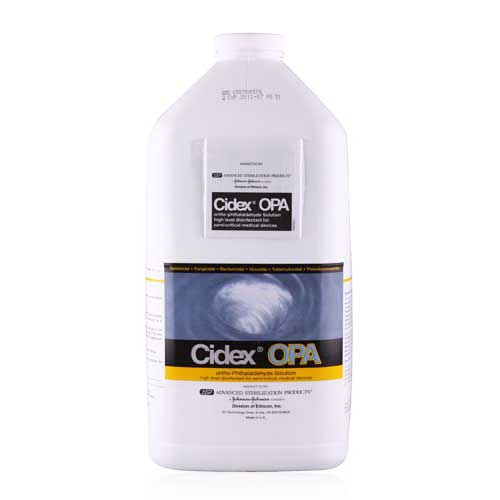
Where They Are Used
- Disinfectant wipes and solutions are nearly ubiquitous. People use them in their homes, in their workspaces.
- Daycare centers and schools use germicidal wipes to clean and disinfect.
- Doctors and dentists use them after every patient.
- Hospitals could not function without medical disinfectant wipes.
Manuals and Documents
-
 CDC Disinfection Guidelines for Hospitals contains guidelines.
CDC Disinfection Guidelines for Hospitals contains guidelines. -
 Spaulding Classification of Medical Equipment contains the Spaulding Classification.
Spaulding Classification of Medical Equipment contains the Spaulding Classification. -
 Disinfectant Selections Guidelines contains the Disinfectant Selection Guidelines.
Disinfectant Selections Guidelines contains the Disinfectant Selection Guidelines.
Medical Studies
 Alcohol as a Surgical Disinfectant. AORN Journal 1964 (2) Issue 5 67-71,.
Alcohol as a Surgical Disinfectant. AORN Journal 1964 (2) Issue 5 67-71,.-
 Chemical Disinfectants. CDC - Centers for Disease Control and Prevention,.
Chemical Disinfectants. CDC - Centers for Disease Control and Prevention,.
Footnotes
- 1, 2, 3, 4, 5, 6 BC Centre for Disease Control (BCCDC) Labs "Selection and Use of Disinfectants." BCCDC Labs
- 7 Centers for Disease Control and Prevention (CDC) "A Rational Approach to Disinfection and Sterilization." Centers for Disease Control and Prevention (CDC)
- 8, 9 Centers for Disease Control and Prevention (CDC) "Disinfection and Sterilization ."Center for Disease Control and Prevention (CDC)

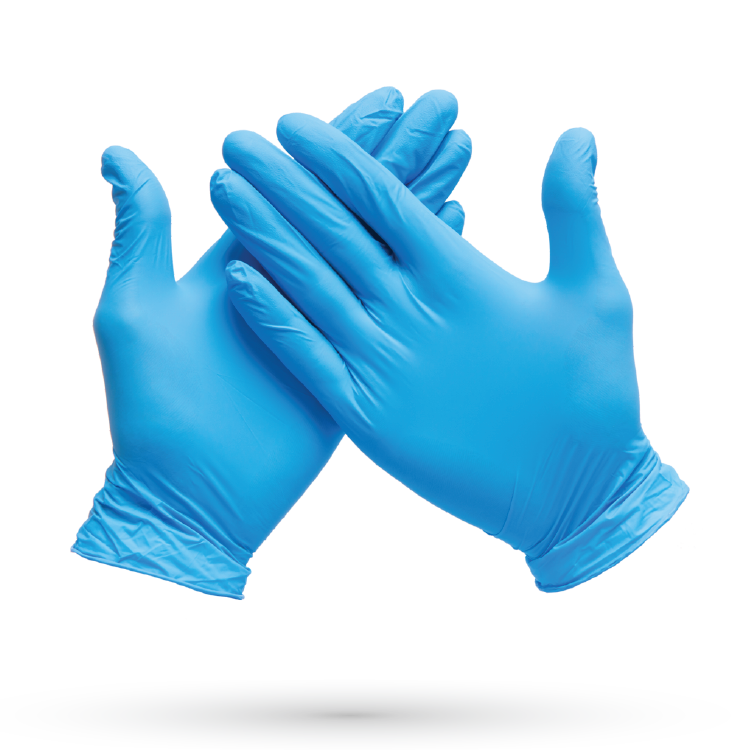
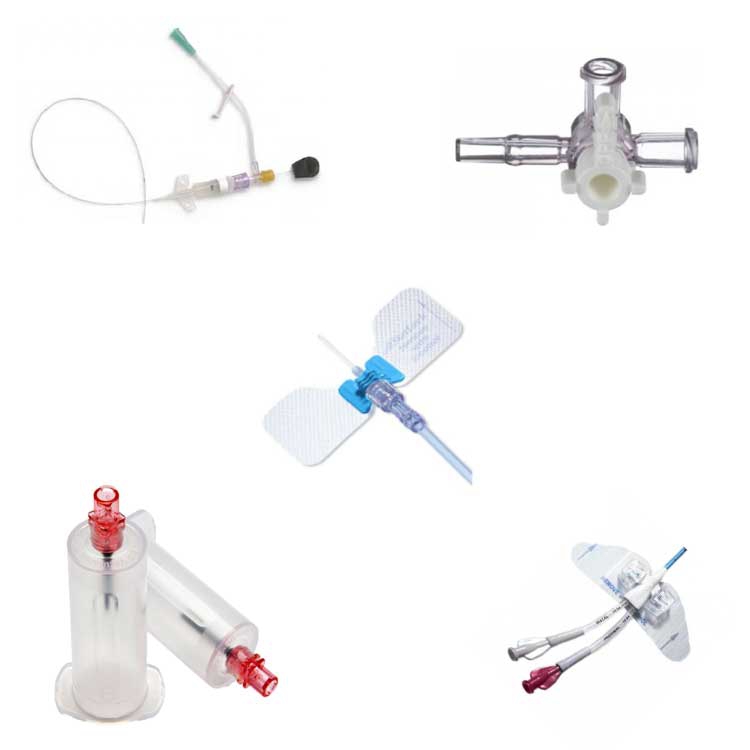
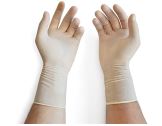
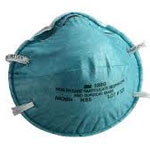
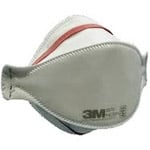
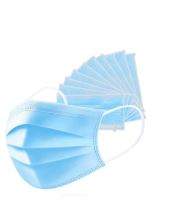
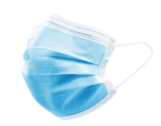
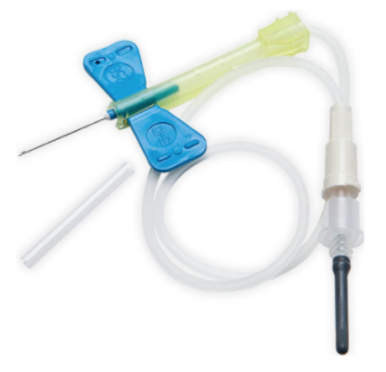
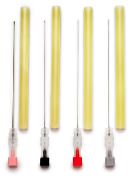
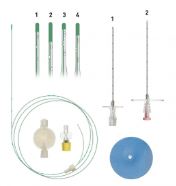
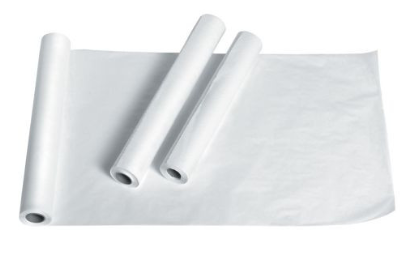

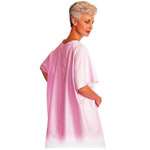
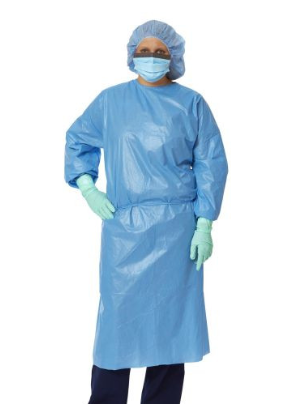
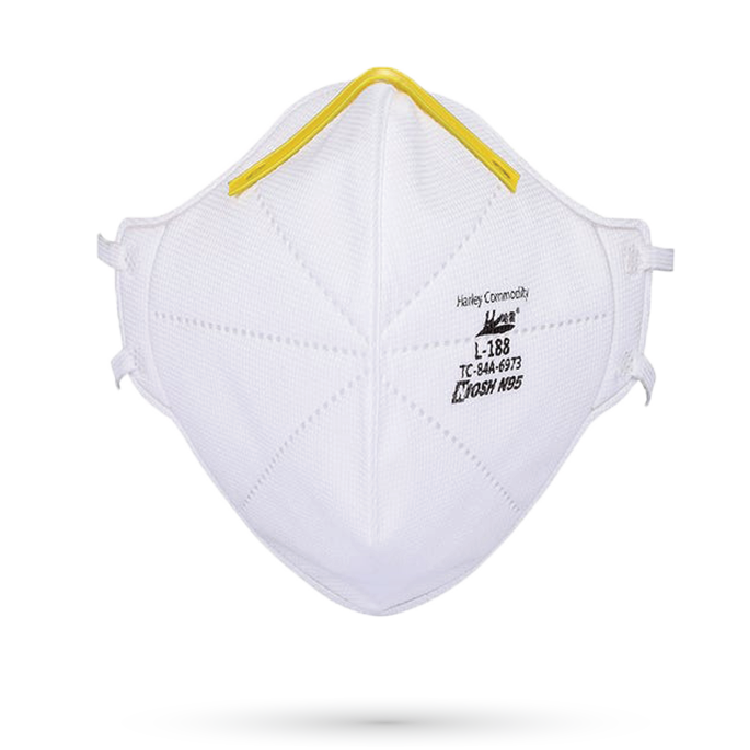
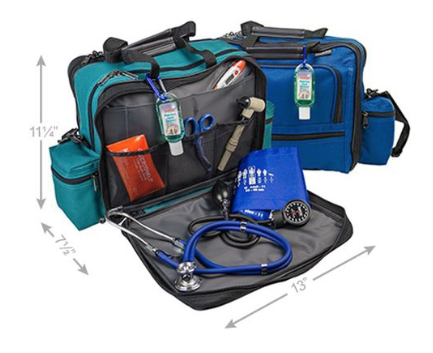
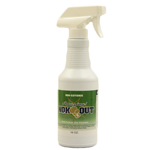
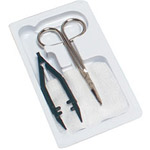
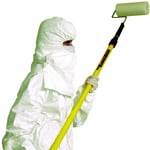
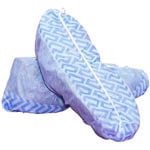
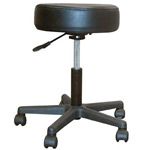
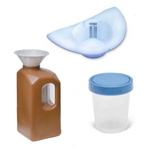
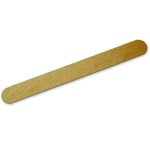
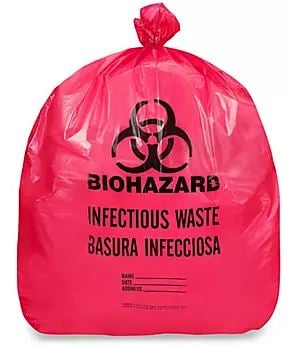
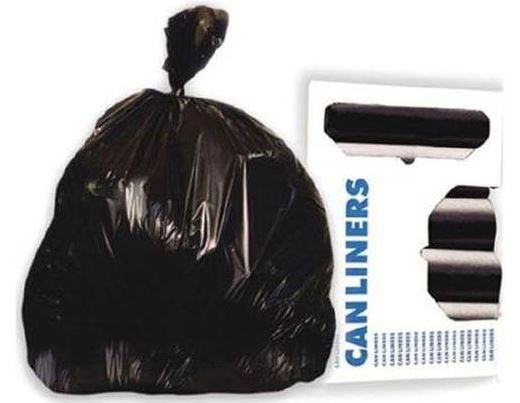
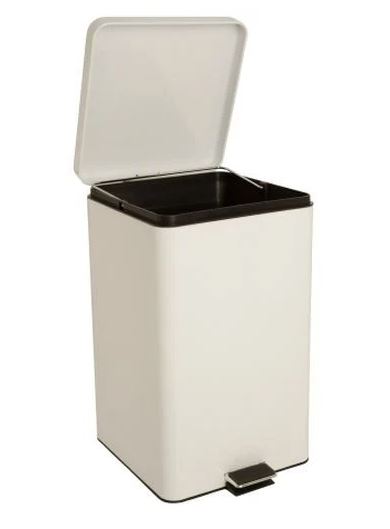
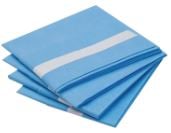
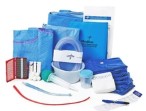

Login and Registration Form